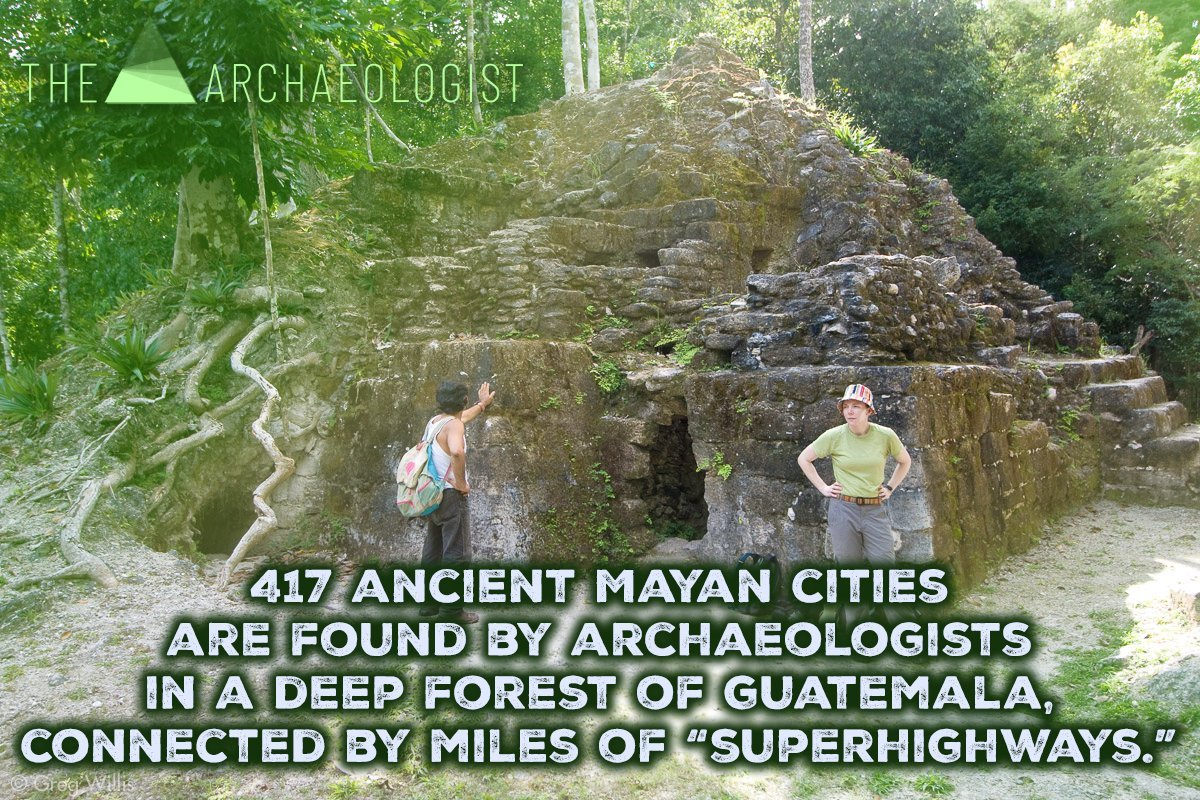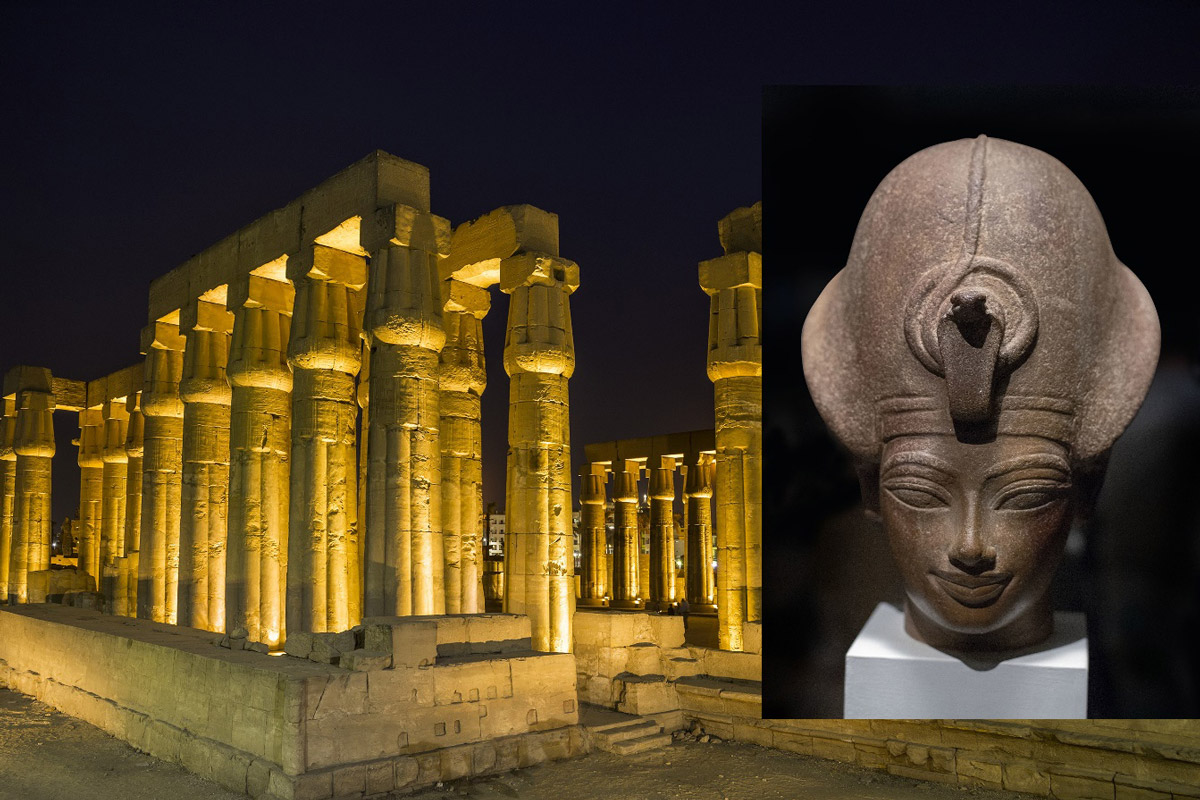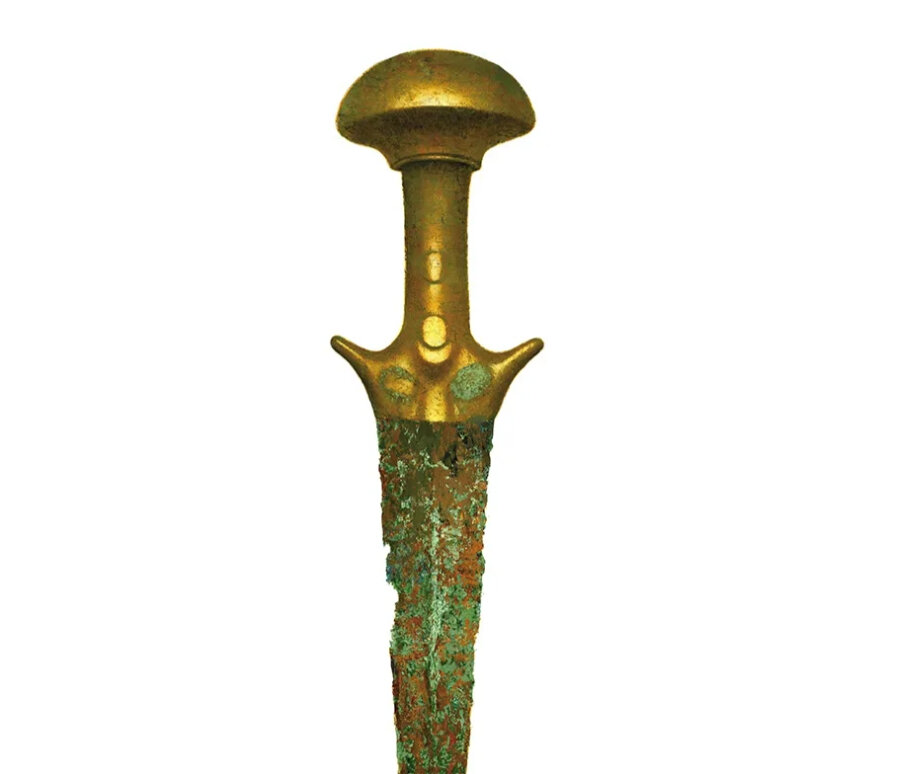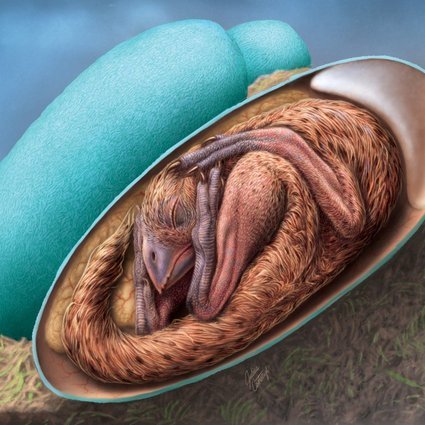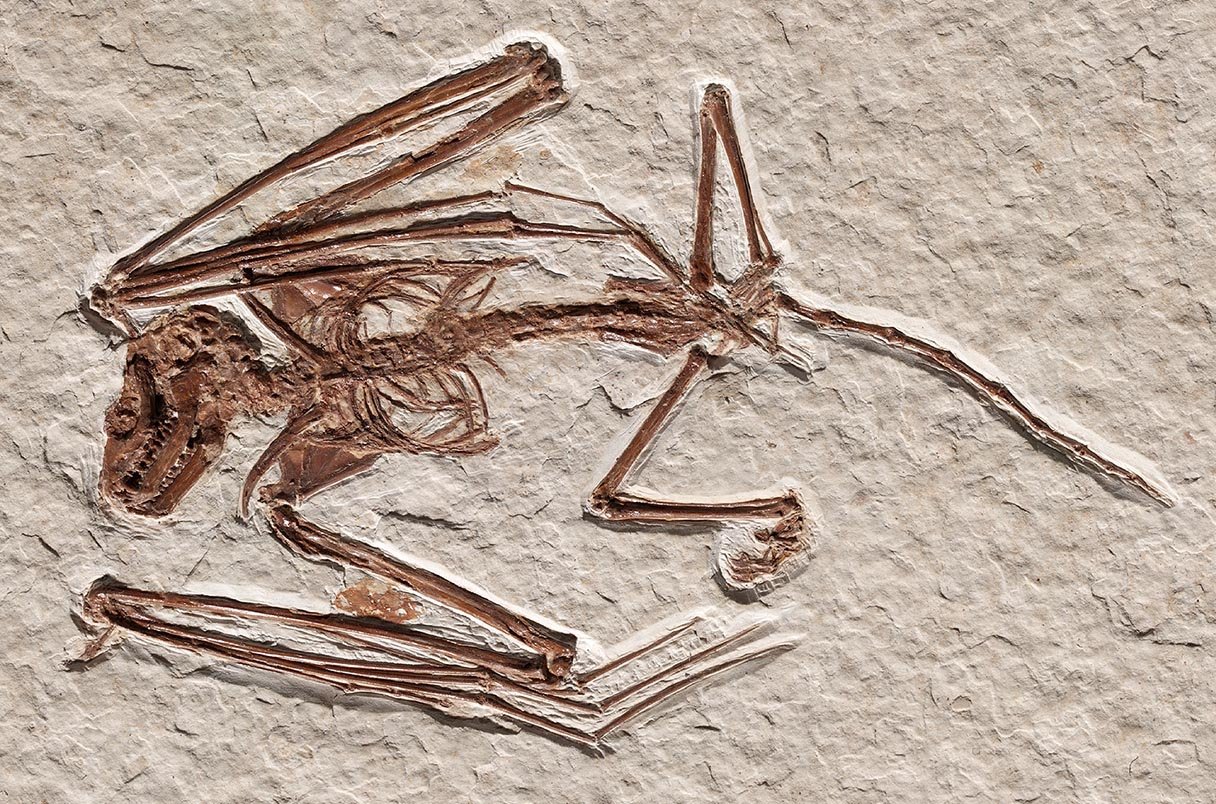Baia was the Las Vegas of the Roman Empire – the place where the rich and powerful came to carry out their illicit affairs.

Rome’s ultra-wealthy took weekend trips here to party. Powerful statesmen built luxurious villas on its beach, with heated spas and mosaic-tiled pools where they could indulge their wildest desires. One resident even commissioned a nymphaeum – a private grotto surrounded by marble statues, dedicated solely to ‘earthly pleasure’.
More than 2,000 years ago, Baia was the Las Vegas of the Roman Empire – a resort town approximately 30km from Naples on Italy’s caldera-peppered west coast that catered to the whims of poets, generals and everyone in between. The great orator Cicero composed speeches from his retreat by the bay, while the poet Virgil and the naturalist Pliny maintained residences within easy reach of the rejuvenating public baths.
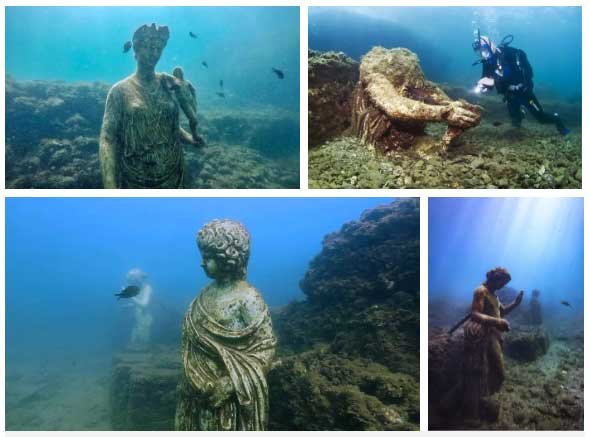
It was also the place where the rich and powerful came to carry out their illicit affairs.
“There are many tales of intrigue associated with Baia,” said John Smout, a researcher who has partnered with local archaeologists to study the site. Rumour has it that Cleopatra escaped in her boat from Baia after Julius Caesar was murdered in 44BC, while Julia Agrippina plotted her husband Claudius’ death at Baia so her son Nero could become emperor of Rome.
“She poisoned Claudius with deadly mushrooms,” Smout explained. “But he somehow survived, so that same night, Agrippina got her physician to administer an enema of poisonous wild gourd, which finally did the trick.”
Mineral waters and a mild climate first attracted Rome’s nobility to Baia in the latter half of the 2nd Century BC, and the town was known to them as the Phlegraean (or ‘flaming’) Fields, so named because of the calderas that pockmark the region.

“I visited the site as a boy and the guide poked an umbrella into the ground and steam and lava came out,” Smout recalled.
The calderas were revered by the ancient Greeks and Romans as entrances to the underworld, but they also fuelled a number of technological advancements: the local invention of waterproof cement, a mixture of lime and volcanic rock, spurred construction of airy domes and marbled facades, as well as private fish ponds and lavish bath houses.
But given Baia’s sinful reputation, it is perhaps fitting that the abundance of volcanic activity in the area was also its downfall. Over several centuries, bradyseism, the gradual rise and fall of the Earth’s surface caused by hydrothermal and seismic activity, caused much of the city to sink into a watery grave, where it still sits today.
Tourist interest in the once-popular coastline was only renewed in the 1940s when a pilot shared an aerial photo of an edifice just below the ocean’s surface. Soon, geologists puzzled over boreholes left by molluscs on ruins found near the shore, tell-tale signs that parts of the hillside had once dipped below sea level. Two decades later, Italian officials commissioned a submarine to survey the underwater parts of the city.

What they found was fascinating: since Roman times, underground pressure has caused the land surrounding Baia to continuously rise and fall, pushing the ancient ruins upwards towards the sea’s surface before slowly swallowing them again – a kind of geological purgatory.
The ruins beneath the sea’s surface were the province of just a few intrepid archaeologists until recently. The underwater archaeological site was not formally designated a marine protected area and until 2002, which is when it opened to the public. Since then, 3D-scanning technology and other advances in marine archaeology have offered first-time glimpses into this chapter of antiquity: divers, historians and photographers have captured submerged rotundas and porticos, including the famed Temple of Venus (not a temple, but a thermal sauna) – discoveries that have in turn provided clues to Rome’s most outrageous debauchery.
Because of the undulation of the Earth’s crust, these ruins actually lie in relatively shallow water, at an average depth of 6m, allowing visitors to see some of its eerie underwater structures from a glass-bottomed boat, or videobarca. Local diving centres such as the Centro Sub Campi Flegreo (who partnered with the BBC on a recent documentary about Baia) also offer snorkelling and scuba tours of the submerged city a few kilometres out in the Tyrrhenian Sea. On a calm day, visitors can spot Roman columns, ancient roads and elaborately paved plazas. Statues of Octavia Claudia (Emperor Claudius’ sister) and Ulysses mark the entrance to underwater grottos, their outstretched arms flecked with barnacles.
There’s plenty to see above the water line, as well. In fact, many of the submerged sculptures are actually replicas; the originals can be found up the hill at the Baia Castle, where the Archaeological Superintendency for Campania manages a museum of relics pulled from the sea. Many above-ground Roman ruins are also visible nearby at the Parco Archeologico delle Terme di Baia, the portion of the ancient city still above sea level.Excavated in the 1950s by Amedeo Maiuri, the archaeologist who also unearthed Pompeii and Herculaneum, the on-land historical site features the remains of mosaic terraces and domed bathhouses.

Surrounding the Parco Archeologico delle Terme di Baia, modern Baia is a shadow of its former magnificence, though it still captures the spirit of idleness and pleasure. These days the coastline that was once peppered with mansions and bathhouses features a small marina, a hotel and a handful of seafood restaurants lining a narrow road running north-east toward Naples.
Time may be running out to see this lost relic of ancient Italy’s opulence: seismologists predict further volcanic activity along Baia’s coast in the near future, rendering the city’s fate uncertain once again. Twenty small earthquakes were recorded in the area this past year alone, and talk in recent years has touched on permanently closing the sunken ruins to visitors.
For now, however, visitors can search this underwater city for a hidden entrance – if not to the underworld, then at least to some spectacular subterranean treasures.














